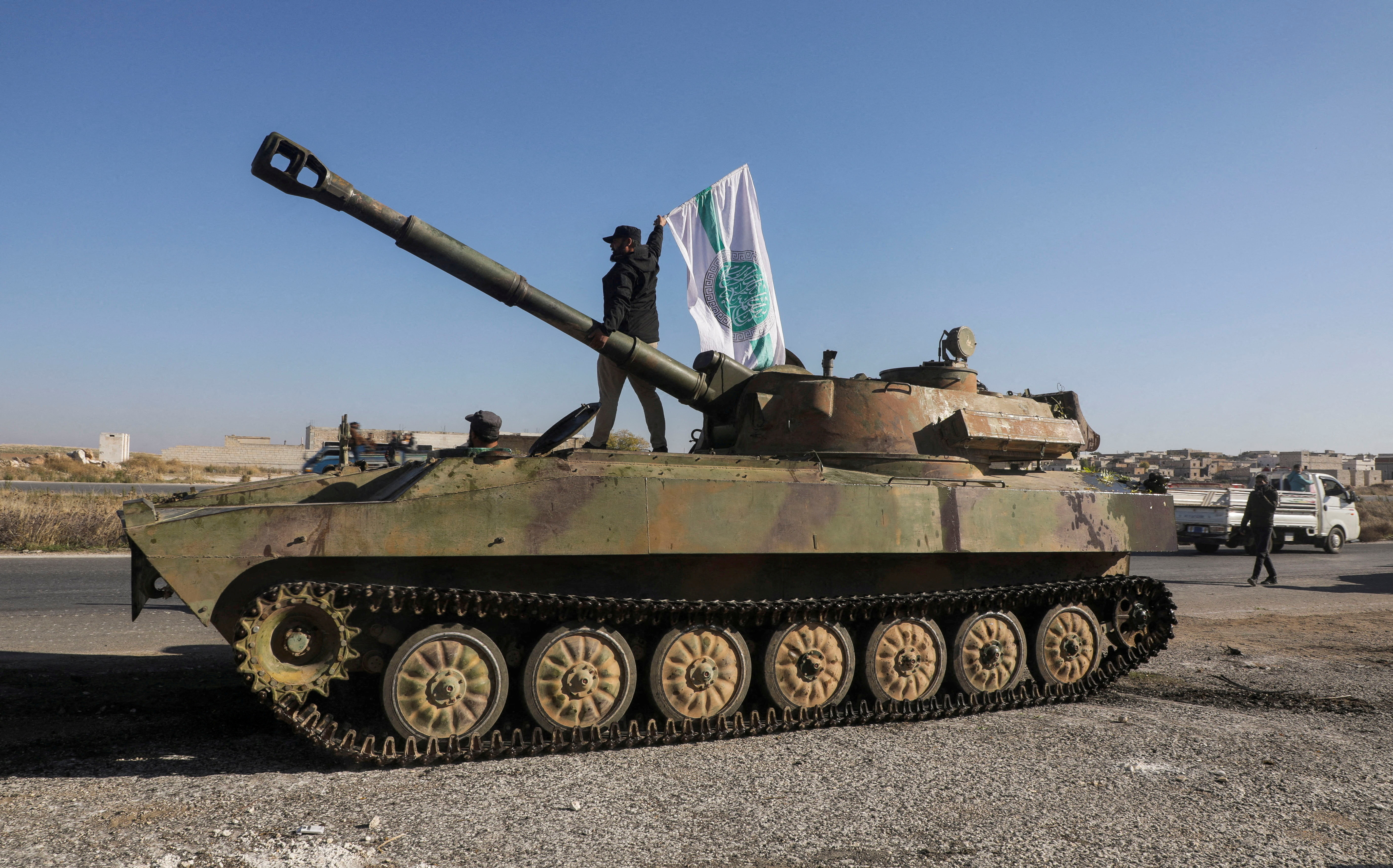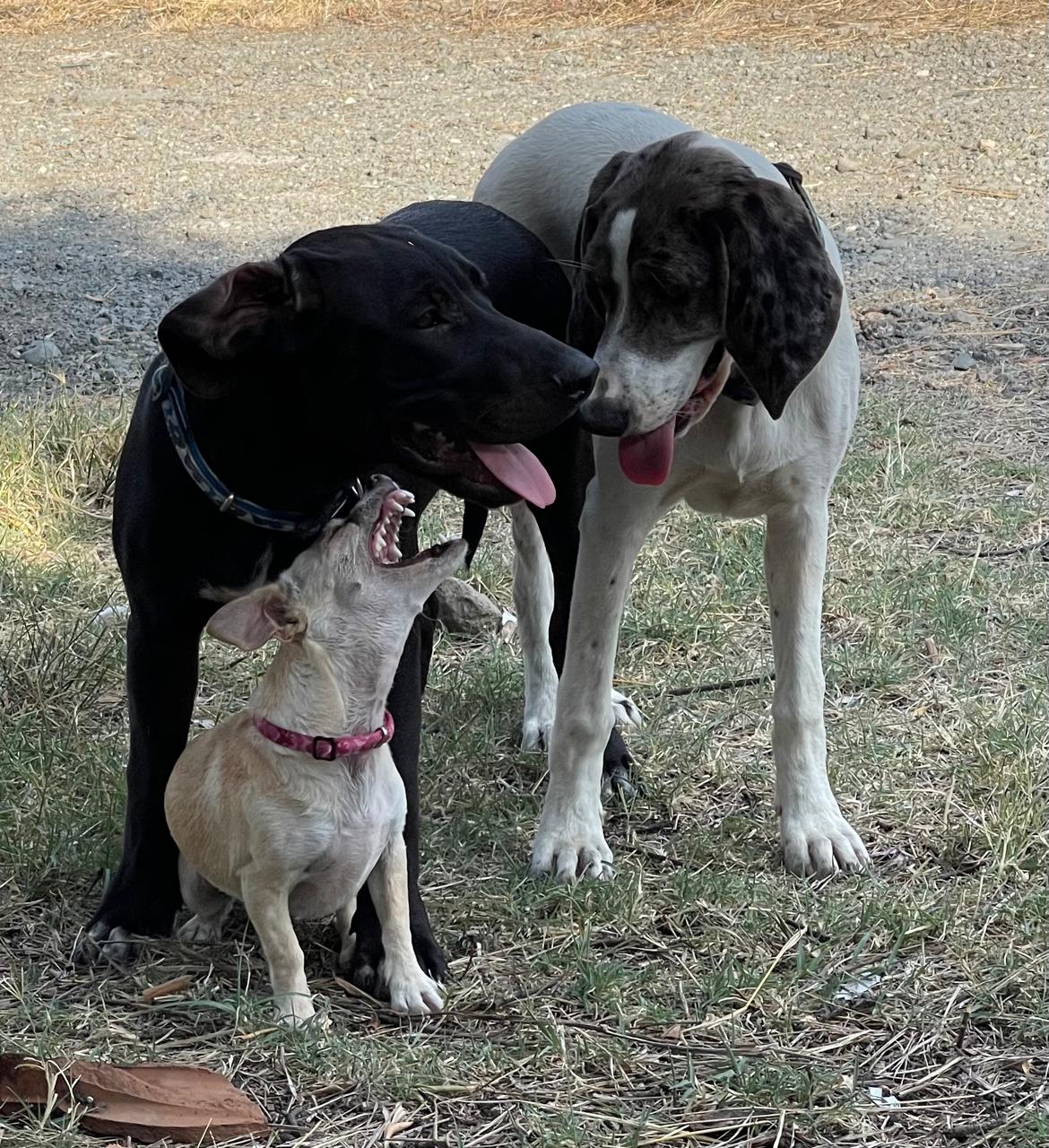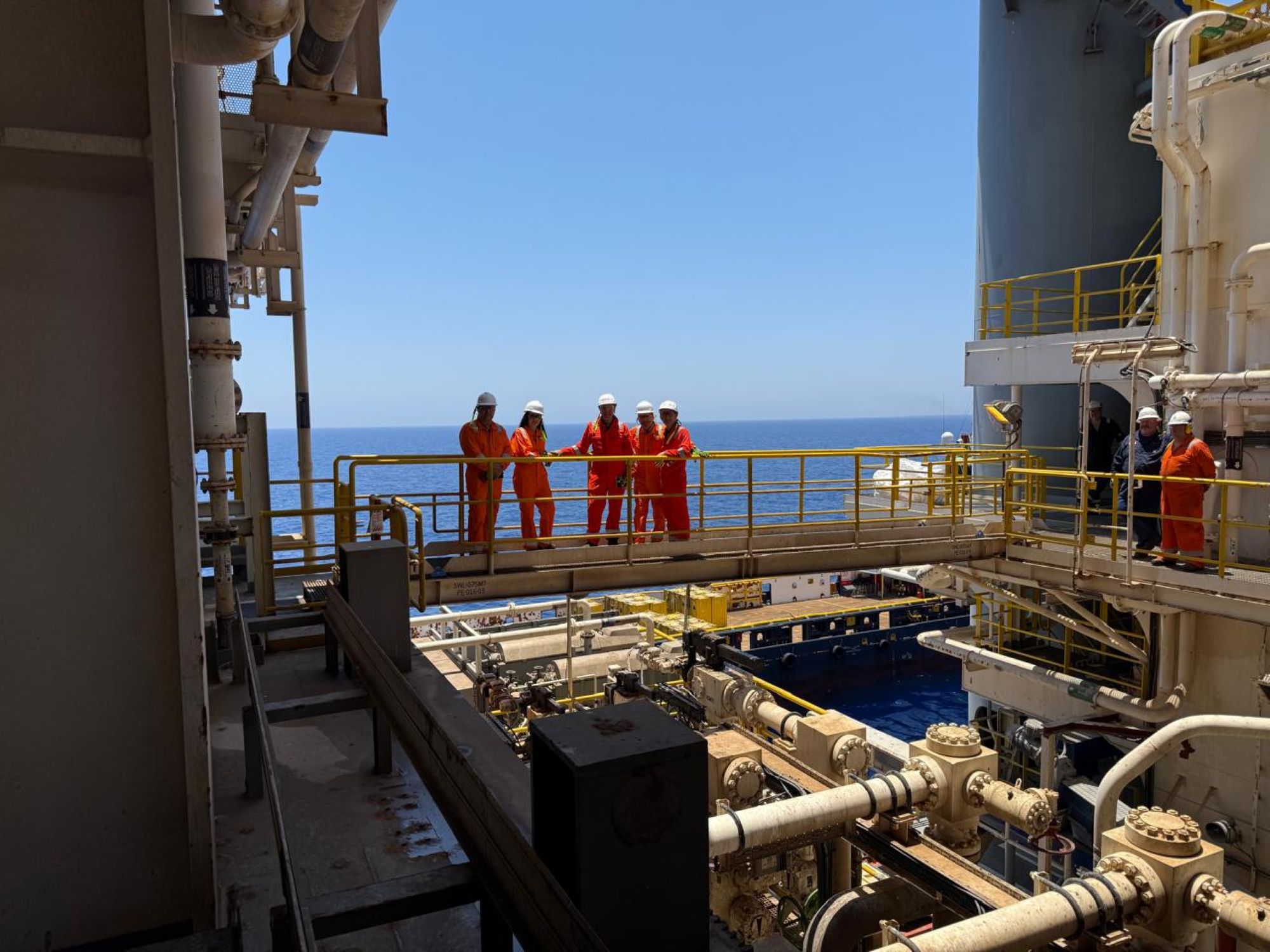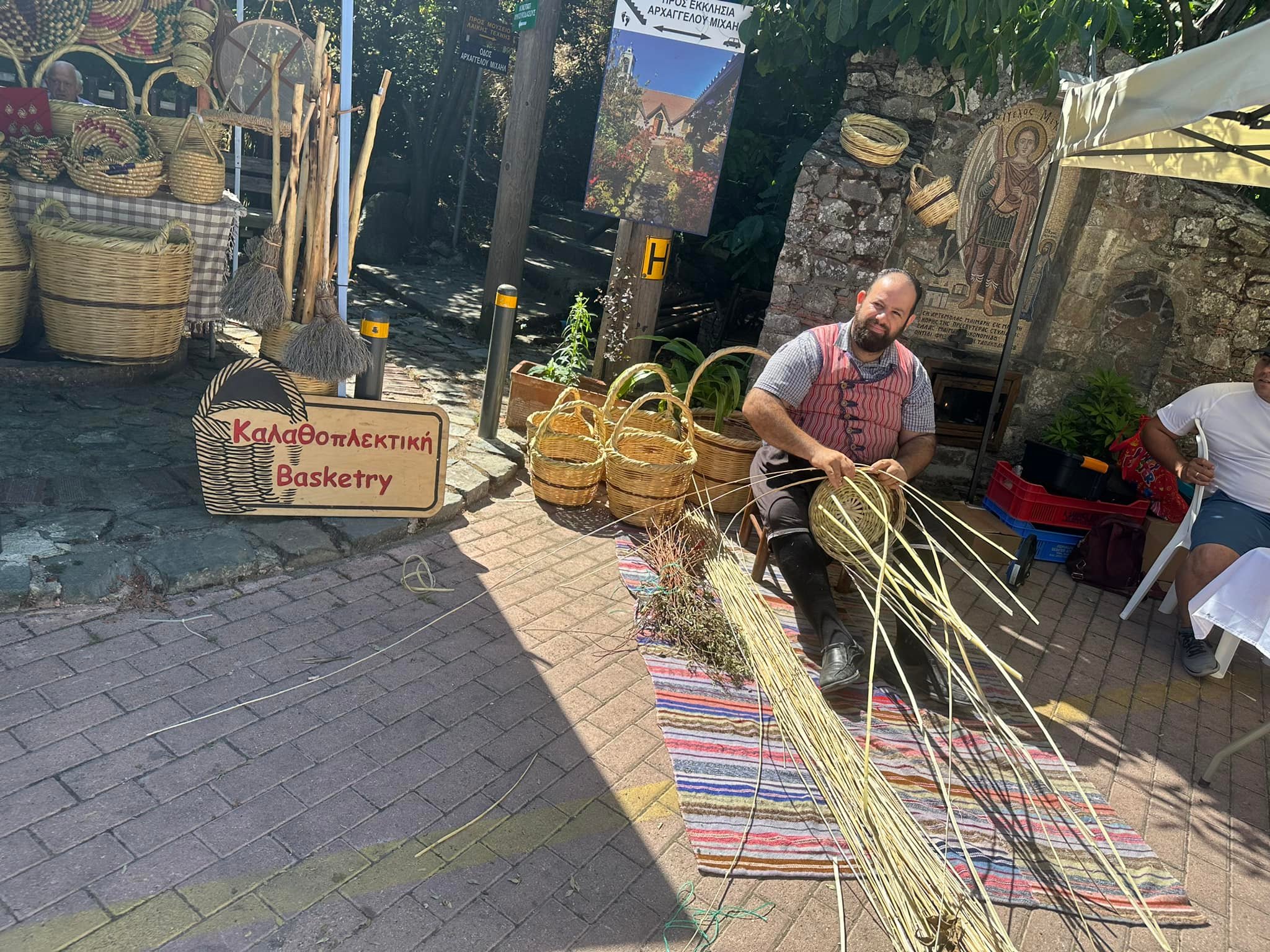Iran will send missiles, drones and more advisers to Syria, a senior Iranian official said on Friday as rebel forces advanced on the central city of Homs and Kurds seized the biggest city in the east, jolting President Bashar al-Assad’s grip on power.
If Islamist insurgents captured Homs in their lightning new offensive, it would cut off the capital Damascus from the coast, a longtime redoubt of Assad’s minority Alawite sect and where his Russian allies have a naval base and air base.
In a further setback for Assad, a U.S.-backed alliance led by Syrian Kurdish fighters has taken Deri el-Zor, the government’s main foothold in the vast desert east of the country, three Syrian sources told Reuters on Friday.
It was the third major city, after Aleppo and Hama in the northwest and centre, to fall out of Assad’s control in a week.
Piling on the pressure, an Iraqi security source said the Syrian Kurds were also advancing in the direction of the town of Albukamal on Syria’s far eastern border with Iraq and could take it within the next 24 hours.
After years locked behind frozen front lines, rebel forces have burst out of their northwestern Idlib bastion to achieve the swiftest battlefield advance by either side since a street uprising against Assad mushroomed into civil war 13 years ago.
Assad regained control of most of Syria after key allies – Russia, Iran and Lebanon’s Hezbollah group – came to his rescue. But all have recently been weakened and diverted by other crises, giving Sunni Muslim militants a window to fight back.
The head of the Syrian faction leading the sweeping assault told CNN that his group – a former Al-Qaeda affiliate now known as Hayat Tahrir al-Sham (HTS) – aimed to “build Syria” and bring Syrian refugees back home from Lebanon and Europe.
It was Abu Mohammed Al-Golani’s first interview since his group began seizing territory from Assad’s forces on Nov. 27. Rebels have captured two major cities so far and are now thrusting toward the key crossroads city of Homs.
HTS broke from Al-Qaeda in 2016, says it poses no threat to the West and has spent years trying to moderate its image, presenting itself as a viable alternative to the Assad family’s 54-year authoritarian rule.
Foreign armies in Syria
TURKEY
Turkey has deployed troops across northwestern Syria – territory held by Syrian rebel groups which rose up against President Bashar al-Assad in 2011. Turkey, which firmly supported the 2011 uprising, backs some of these rebel groups.
One of Turkey’s main goals has been to weaken Syrian Kurdish armed groups which carved out autonomous enclaves along the Turkish border during the civil war. Ankara views the Syrian Kurdish groups an extension of the Kurdish Workers’ Party (PKK), which has been waging an insurgency in Turkey since 1984.
Another pressing Turkish concern is securing a return home for some of 3 million Syrians who have fled to Turkey during the war, many of whom came from the Aleppo region.
Turkey has mounted four operations in Syria since 2016.
Its first targeted both the jihadist Islamic State group and the Syrian Kurdish YPG, a Syrian Kurdish faction and the spearhead of another military grouping, the Syrian Democratic Forces (SDF).
Turkey’s presence expanded in 2017 when it struck a deal with Russia and Iran that resulted in Turkish forces deploying at 12 positions in the rebel-held northwestern Idlib region.
This was followed in 2018 by an offensive targeting SDF-controlled Afrin, and another incursion in 2019 into SDF territory between the border towns of Ras al Ain and Tel Abyad.
The following year Turkey poured thousands of troops into the Idlib region to stem an offensive by Russia-backed Syrian government forces targeting rebels.
Damascus views Turkey as an occupying power.
RUSSIA
Russia intervened militarily on Assad’s side in 2015, in its biggest foray in the Middle East since the Soviet Union’s collapse. Operating from an airbase in Latakia province, Russian air power decisively tilted the conflict Assad’s way.
Coordinated with Iran, the deployment expanded a Russian military presence dating to the Cold War, when the Soviet Union established a naval base at the Syrian Mediterranean port of Tartus.
Russian forces have also had a presence on the ground in government-held areas, with Russian military police deploying during attempts to de-escalate fighting.
Russia is continuing to support Assad, the Kremlin has said.
IRAN AND ALLIES
Iran deployed its Revolutionary Guards to Syria as early as 2012 to help Assad. Lebanon’s Hezbollah, which is backed by Iran, played a big part.
For Iran, Assad is a crucial ally, part of its “Axis of Resistance” to Israel and U.S. influence in the Middle East.
Tehran’s ties to Damascus have allowed Iran to spread its influence through a land corridor from its western border via Iraq all the way to Lebanon.
Iranian Foreign Minister Abbas Araqchi said in an Arabic-language interview on Dec. 3 that Tehran would consider sending troops to Syria if Damascus asked.
Tehran has always described Iranian forces as playing an advisory role at the Damascus government’s invitation.
Alongside Iranians and Lebanon’s Hezbollah, other Shi’ite Islamist groups backed by Tehran have played a vital combat role. They have included groups from Afghanistan and Iraq.
Hezbollah pulled fighters from Syria back to Lebanon as its war with Israel intensified from mid-October, Reuters has reported. While a ceasefire was reached last week, Hezbollah does not currently intend to send fighters to northern Syria to support the Syrian army, Reuters reported.
The presence of Iranian and Iran-backed forces in Syria has been a big point of concern for Israel, prompting it to carry out frequent airstrikes in Syria.
THE UNITED STATES
The U.S. military intervention in Syria began in 2014 with air strikes against the Islamic State jihadist group that had declared its rule over a third of Syria and Iraq.
An initially small contingent of U.S. special forces deployed to Syria, working with the SDF, fighting to drive Islamic State from areas it had captured in Syria’s north and east.
Declaring the battle with Islamic State almost won, Trump announced in 2018 he wanted to pull out U.S. troops.
But the plan was softened within a year after facing criticism for leaving a void that Iran and Russia would fill.
U.S. forces remain in Syria and continue to support the SDF.
U.S. military positions and personnel in northeastern Syria remain essential to ensuring Islamic State can never resurge, U.S. Ambassador Robert Wood told the Security Council on Dec. 3.
U.S. troops are also stationed at Syria’s Tanf garrison near the intersection of the borders of Jordan and Iraq, where they support a Syrian rebel force to counter Islamic State in the area.
Assad’s government views the U.S. forces as occupiers.
About 900 US troops are currently in the country, mostly in the northeast.
The rebels’ sweep has taken the region by surprise and emboldened other opponents of Assad. Syrian rebel commander Hassan Abdul Ghany urged top military officers to defect, in a video statement aired on Friday.
Jordan has closed its only passenger and commercial border crossing with Syria, the interior ministry said on Friday.
Armed groups have been firing at Syria’s Nassib border crossing with Jordan, a Syrian army source told Reuters.
Iran has been focused on tensions with its arch-enemy Israel since the Gaza war erupted in October 2023.
“It is likely that Tehran will need to send military equipment, missiles and drones to Syria…Tehran has taken all necessary steps to increase the number of its military advisers in Syria and deploy forces,” the senior Iranian official said on condition of anonymity.
“Now, Tehran is providing intelligence and satellite support to Syria.”
The Israeli military said it was reinforcing aerial and ground forces in the Israeli-occupied Golan Heights in southwest Syria and was prepared for all scenarios.
Iran-backed Hezbollah, meanwhile, sent a small number of “supervising forces” from Lebanon to Syria overnight to help prevent anti-government fighters from seizing Homs, two senior Lebanese security sources told Reuters.
But Israel has seriously weakened Hezbollah in fighting in Lebanon this year, assassinating its top officials and devastating its military infrastructure.
HTS rebels said they had also taken over the towns of Talbisa and Rastan, bringing them within miles (km) of Homs.
The Syrian military said there was no truth to reports it had withdrawn from Homs, saying in a statement it was deployed along “steady and solid defence lines” there.
A resident of Homs earlier said the offices of Syria’s main security branches there had emptied, with members exiting the city.
The Syrian Observatory for Human Rights, a UK-based monitoring group, said thousands of people had begun fleeing from Homs on Thursday night towards the Mediterranean coastal regions of Latakia and Tartus, strongholds of the government.
A coastal resident said thousands of people had begun arriving there from Homs, fearing the rebels’ rapid advance.
Wasim Marouh, a Homs resident who decided not to leave, said most of its main commercial streets were largely deserted while pro-government militia groups patrolled the area.
ISLAMIC STATE
In another alarming development for Assad, the head of the U.S.-backed Syrian Kurdish force said the radical Islamic State group, which imposed a reign of terror over swathes of Iraq and Syria before its defeat by a U.S.-led coalition in 2017, had now taken control of some areas in eastern Syria.
“Due to the recent developments, there is increased movement by Islamic State mercenaries in the Syrian desert, in the south and west of Deir Al-Zor and the countryside of al-Raqqa,” Mazloum Abdi told reporters, referring to areas in Syria’s east.
Rebels led by HTS have sought to capitalise on their swift takeover of Aleppo in the north and Hama in west-central Syria by pressing onwards to Homs, another 40 km (24 miles) south.
A rebel operations room urged Homs residents in an online post to rise up, saying: “Your time has come.”
Russian bombing overnight destroyed the Rastan bridge along the M5 highway, the main route to Homs, to prevent rebels using it to advance, a Syrian army officer told Reuters.
Government forces were bringing reinforcements to positions around Homs, he added.







Click here to change your cookie preferences